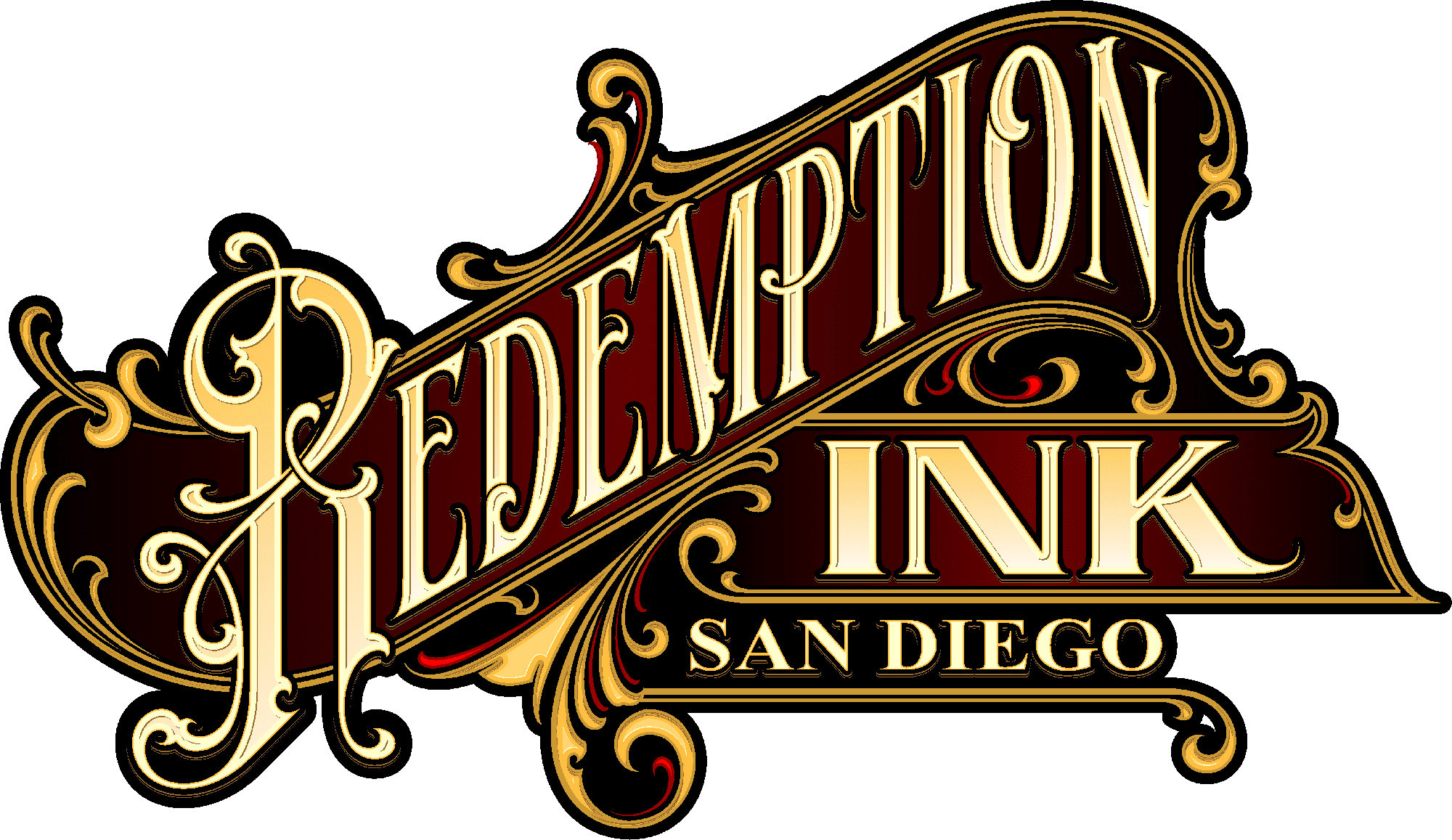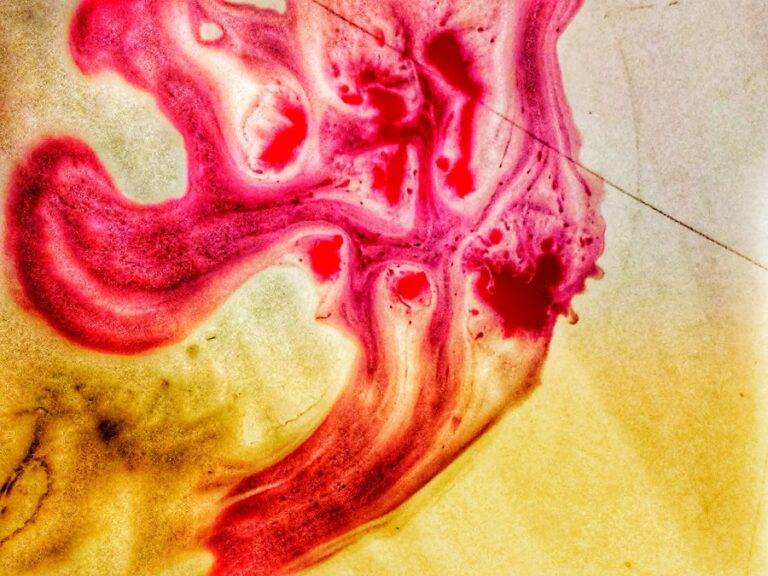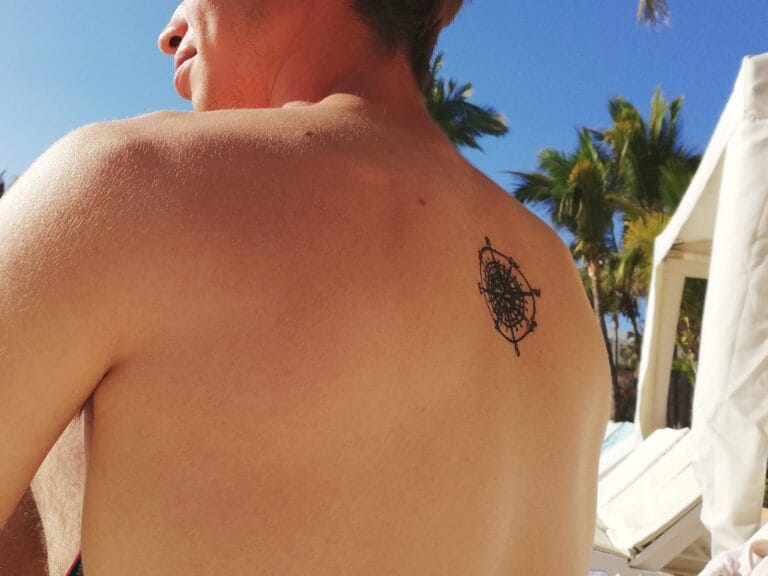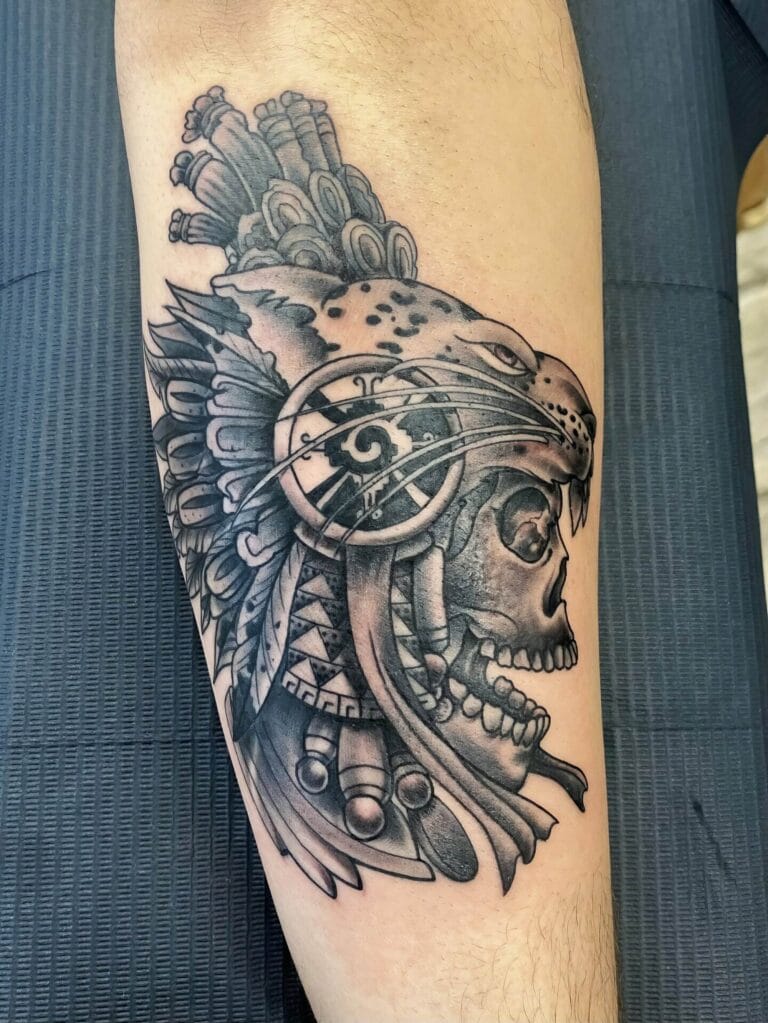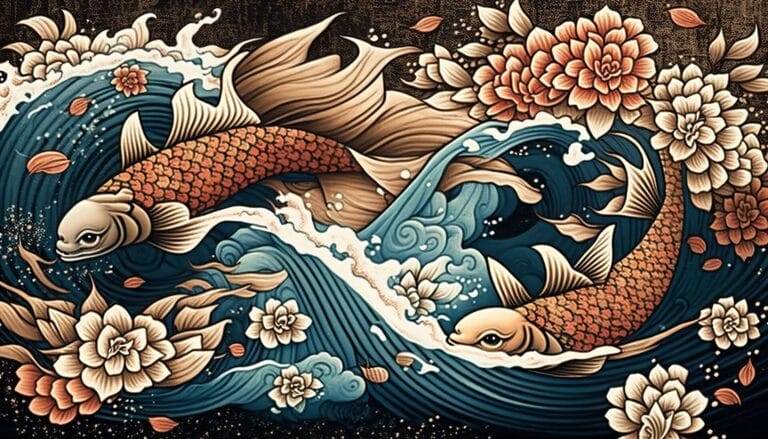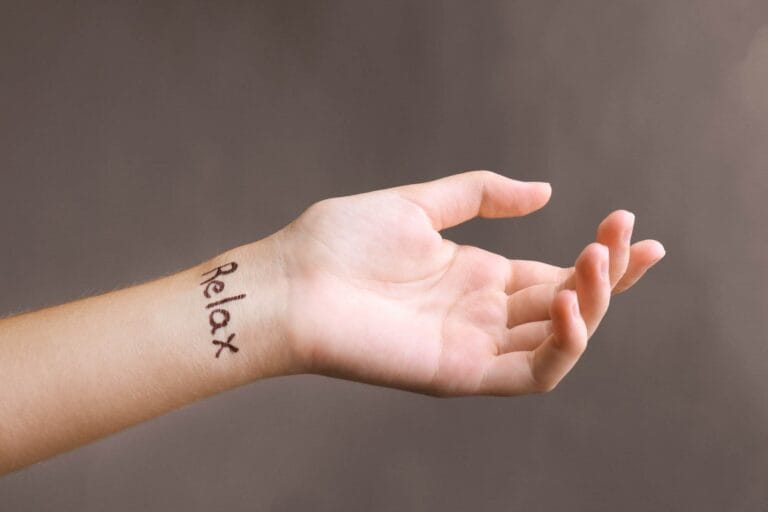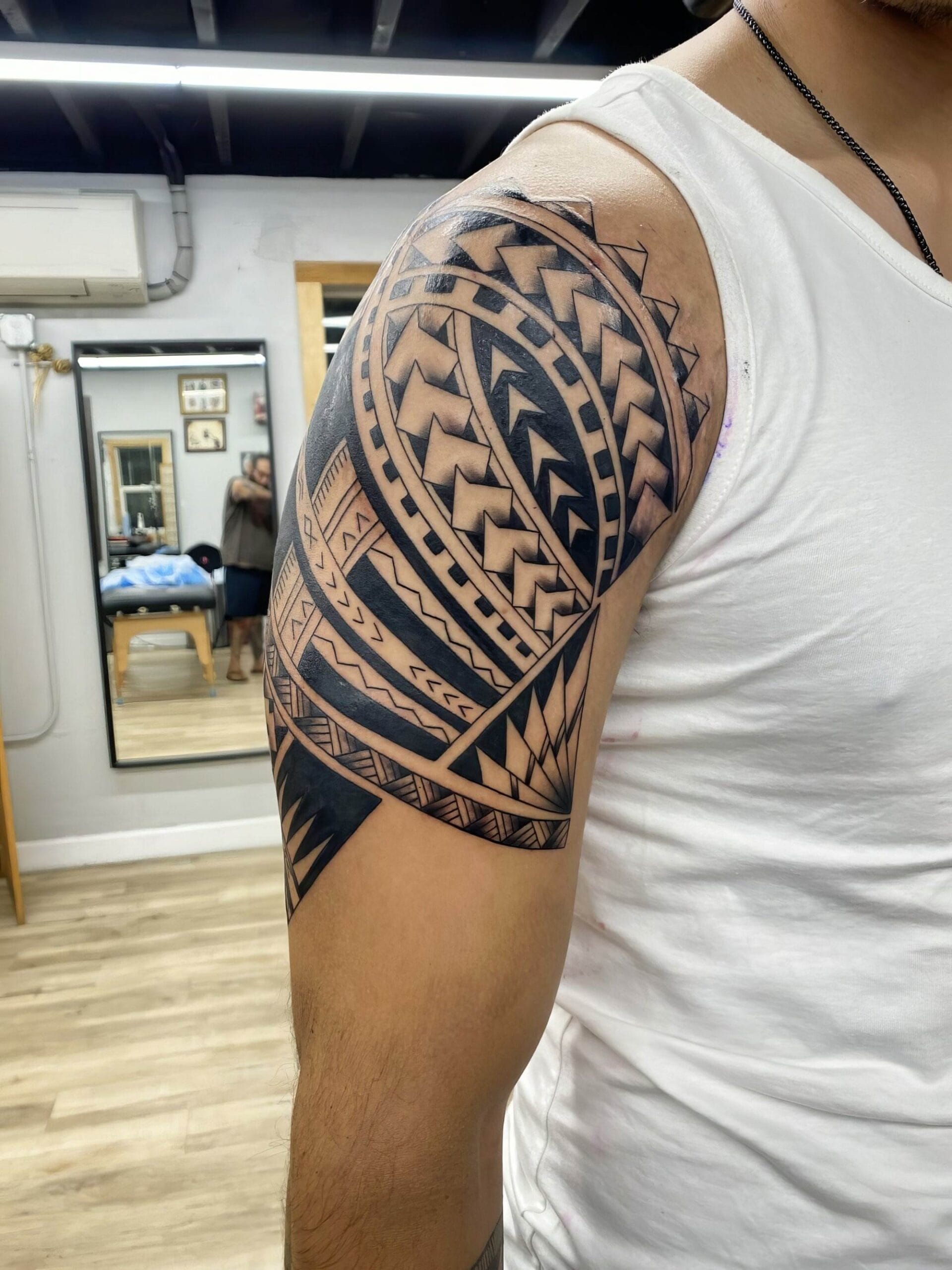
Geometric tattoo designs have a rich history that can be traced back to ancient civilizations. Cultures such as the Egyptians, Greeks, and indigenous tribes around the world utilized geometric patterns in their art and body adornment. These designs often served not only as decorative elements but also as symbols of status, spirituality, and cultural identity.
The use of shapes like triangles, circles, and squares can be seen in artifacts and body art from these early societies, indicating that the fascination with geometry in tattooing is far from a modern phenomenon. As time progressed, geometric tattoos evolved alongside various artistic movements. In the 20th century, the rise of modernism brought a renewed interest in abstract forms and minimalism, which influenced tattoo artists to explore geometric designs further.
The clean lines and symmetry inherent in geometric tattoos appealed to those seeking a more contemporary aesthetic. This evolution reflects a broader trend in art and design, where simplicity and precision became valued traits. Today, geometric tattoos are celebrated for their ability to blend tradition with modernity, making them a popular choice among tattoo enthusiasts.
Key Takeaways
- Geometric tattoo designs have a rich history, with origins in ancient cultures such as the Maori, Aztec, and Egyptian civilizations.
- Geometric tattoos often carry deep symbolism and meaning, with shapes and patterns representing concepts such as balance, harmony, and interconnectedness.
- The intersection of art and mathematics is evident in geometric tattoo designs, with artists using precise lines and shapes to create visually stunning and symmetrical pieces.
- Popular geometric tattoo designs include mandalas, sacred geometry, and dotwork, each with their own variations and interpretations.
- When choosing a geometric tattoo, it’s important to consider factors such as placement, size, and the artist’s style to ensure the design fits your personal aesthetic and vision.
The Symbolism and Meaning Behind Geometric Tattoos
Geometric tattoos are often imbued with deep symbolism, with each shape carrying its own significance. For instance, circles are frequently associated with eternity and wholeness, representing the cyclical nature of life. Triangles can symbolize strength and stability, while squares often denote balance and order.
The combination of these shapes can create intricate designs that convey complex meanings, allowing individuals to express their personal philosophies or life experiences through their body art. Moreover, the use of geometric patterns can also reflect a connection to nature and the universe. Many people choose geometric tattoos to symbolize their relationship with the cosmos, as these designs often mimic natural forms such as snowflakes or flower petals.
This connection to the natural world can evoke feelings of harmony and unity, making geometric tattoos a powerful form of self-expression. As individuals seek to convey their beliefs or experiences through their tattoos, the layered meanings behind geometric designs offer a unique avenue for storytelling.
The Intersection of Art and Mathematics in Geometric Tattoo Designs
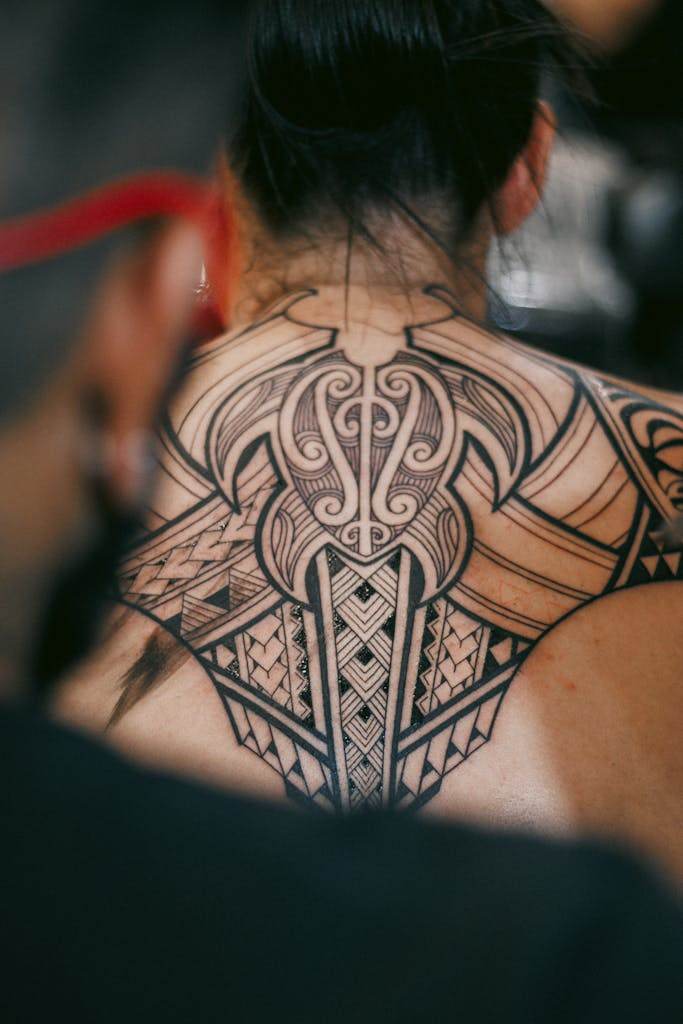
The relationship between art and mathematics is beautifully exemplified in geometric tattoo designs. At its core, geometry is a mathematical discipline that deals with shapes, sizes, and the properties of space. Tattoo artists who specialize in geometric designs often employ mathematical principles to create visually striking patterns that are both aesthetically pleasing and structurally sound.
This intersection allows for a unique blend of creativity and precision, resulting in tattoos that are not only beautiful but also intellectually engaging. Artists may utilize concepts such as symmetry, proportion, and tessellation when designing geometric tattoos. These principles help create a sense of balance and harmony within the artwork.
For example, the Fibonacci sequence—a mathematical pattern found in nature—can inspire tattoo designs that evoke a sense of organic growth and beauty. By incorporating these mathematical elements into their work, tattoo artists elevate their craft to a level where art and science coexist harmoniously, appealing to both the eye and the mind.
Popular Geometric Tattoo Designs and Their Variations
Among the myriad of geometric tattoo designs, certain motifs have gained widespread popularity due to their versatility and visual impact. Mandalas are one such design that has captivated many tattoo enthusiasts. Originating from spiritual traditions, mandalas often feature intricate patterns radiating from a central point, symbolizing unity and wholeness.
Their complexity allows for endless variations, making them suitable for both large-scale pieces and smaller tattoos. Another popular geometric design is the sacred geometry pattern, which includes shapes like the Flower of Life or Metatron’s Cube. These designs are steeped in spiritual significance and are believed to represent the fundamental patterns of creation.
The appeal of sacred geometry lies in its ability to connect individuals with deeper philosophical concepts while also serving as stunning visual art. Additionally, minimalist geometric tattoos have emerged as a trend, featuring simple lines and shapes that convey meaning without overwhelming detail. This minimalist approach resonates with those who appreciate subtlety in their body art.
Finding the Right Geometric Tattoo for You: Tips and Considerations
Choosing the right geometric tattoo requires careful consideration of personal preferences and meanings. One of the first steps is to reflect on what shapes resonate with you on a personal level. Consider the symbolism behind various geometric forms—do you feel drawn to circles for their representation of eternity or triangles for their strength?
Understanding your connection to these shapes can guide you toward a design that holds personal significance. Additionally, it’s essential to think about placement when selecting a geometric tattoo. The body’s contours can influence how a design is perceived; for instance, a large mandala may look stunning on the back but could be overwhelming on a smaller area like the wrist.
Collaborating with an experienced tattoo artist can help you visualize how different designs will translate onto your skin. They can provide insights into size, placement, and potential variations that align with your vision while ensuring that the final piece is both aesthetically pleasing and meaningful.
The Technical and Aesthetic Aspects of Geometric Tattooing
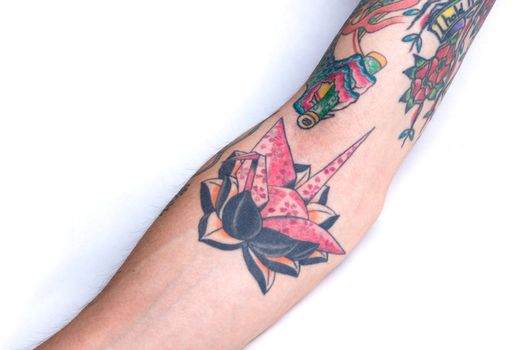
The technical execution of geometric tattoos demands a high level of skill from tattoo artists. Precision is paramount; even the slightest deviation from clean lines can disrupt the overall design’s integrity. Artists often use specialized techniques to ensure that each line is crisp and each shape is perfectly formed.
This meticulous attention to detail is what sets geometric tattoos apart from other styles, as they require not only artistic talent but also an understanding of geometry itself. Aesthetically, geometric tattoos can range from bold and striking to delicate and intricate. The choice of color also plays a significant role in how a design is perceived; some individuals opt for classic black ink for a timeless look, while others may choose vibrant colors to enhance their tattoos’ visual impact.
The interplay between negative space and filled shapes can create dynamic compositions that draw the eye in different directions. Ultimately, the technical prowess combined with aesthetic choices results in tattoos that are not only visually stunning but also rich in meaning.
The Rise of Geometric Tattoos in Contemporary Tattoo Culture
In recent years, geometric tattoos have surged in popularity within contemporary tattoo culture. This rise can be attributed to several factors, including the increasing appreciation for minimalism and abstract art among younger generations. As societal norms around body art continue to evolve, more individuals are seeking tattoos that reflect their personal style while also conveying deeper meanings.
Social media platforms have played a significant role in this trend’s proliferation. Artists showcase their work online, allowing potential clients to explore various styles and designs from around the world. This exposure has led to a greater demand for unique geometric tattoos that stand out from traditional designs.
As more people embrace body art as a form of self-expression, geometric tattoos have carved out a prominent niche within the broader tattoo landscape.
The Future of Geometric Tattoo Designs: Trends and Innovations
Looking ahead, the future of geometric tattoo designs appears promising as artists continue to innovate within this genre. One emerging trend is the integration of technology into tattooing processes. Techniques such as 3D printing may allow for more intricate designs that were previously challenging to execute by hand.
Additionally, augmented reality could enable clients to visualize how their tattoos will look on their bodies before committing to the ink. Furthermore, collaborations between tattoo artists and graphic designers are likely to yield fresh interpretations of geometric patterns. As artists draw inspiration from various disciplines—such as architecture or digital art—the possibilities for unique designs expand exponentially.
This fusion of ideas will likely lead to an even greater diversity of styles within geometric tattooing, ensuring its continued relevance in contemporary culture. In conclusion, geometric tattoos represent a fascinating intersection of history, symbolism, art, and mathematics. Their enduring appeal lies in their ability to convey complex meanings through simple forms while allowing for endless variations that cater to individual tastes.
As this genre continues to evolve within contemporary tattoo culture, it promises to remain a significant form of self-expression for years to come.
FAQs
What are geometric tattoo designs?
Geometric tattoo designs are tattoos that incorporate geometric shapes and patterns, such as lines, circles, triangles, and other mathematical elements, to create visually striking and symmetrical artwork on the skin.
What is the significance of geometric tattoo designs?
Geometric tattoo designs are often chosen for their aesthetic appeal and symbolic meanings. The use of precise shapes and patterns can represent balance, harmony, and interconnectedness, while also reflecting the beauty of mathematical principles.
Are there specific geometric shapes commonly used in these tattoo designs?
Yes, geometric tattoo designs often feature shapes such as triangles, squares, circles, and hexagons, as well as more intricate patterns like mandalas and sacred geometry symbols.
What is the process of creating a geometric tattoo design?
Creating a geometric tattoo design involves careful planning and precision. Tattoo artists use mathematical principles and artistic skill to create symmetrical and visually appealing designs that complement the body’s natural contours.
Are there cultural or historical influences on geometric tattoo designs?
Geometric tattoo designs have been found in various cultures throughout history, including ancient civilizations such as the Egyptians, Greeks, and Mayans. These designs often held spiritual or symbolic significance within their respective cultures.
What are some popular placements for geometric tattoos?
Geometric tattoos can be placed on various parts of the body, but some popular placements include the forearm, upper arm, back, chest, and calf. The symmetrical nature of geometric designs often makes them well-suited for placement on larger, flat areas of the body.
